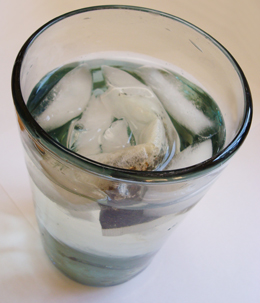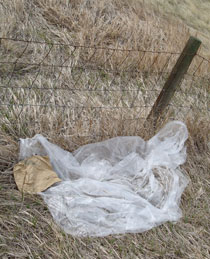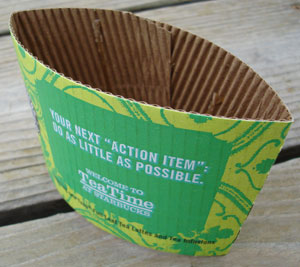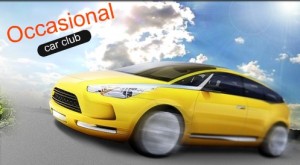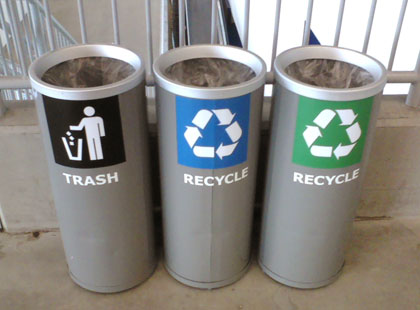 I love IKEA. But they did not get their trash cans right. What are blue recyclables and what are green recyclables?
I love IKEA. But they did not get their trash cans right. What are blue recyclables and what are green recyclables?
If I’m the only one with that question, no problem. My guess is that others might be confused too. Many cumulative staff hours must have been spent on explaining which kind of objects go into each bin. And many people probably were just confused and threw recyclables into the trash bin.
The very simple solution would be to have diagrams of types of objects that go into each bin.
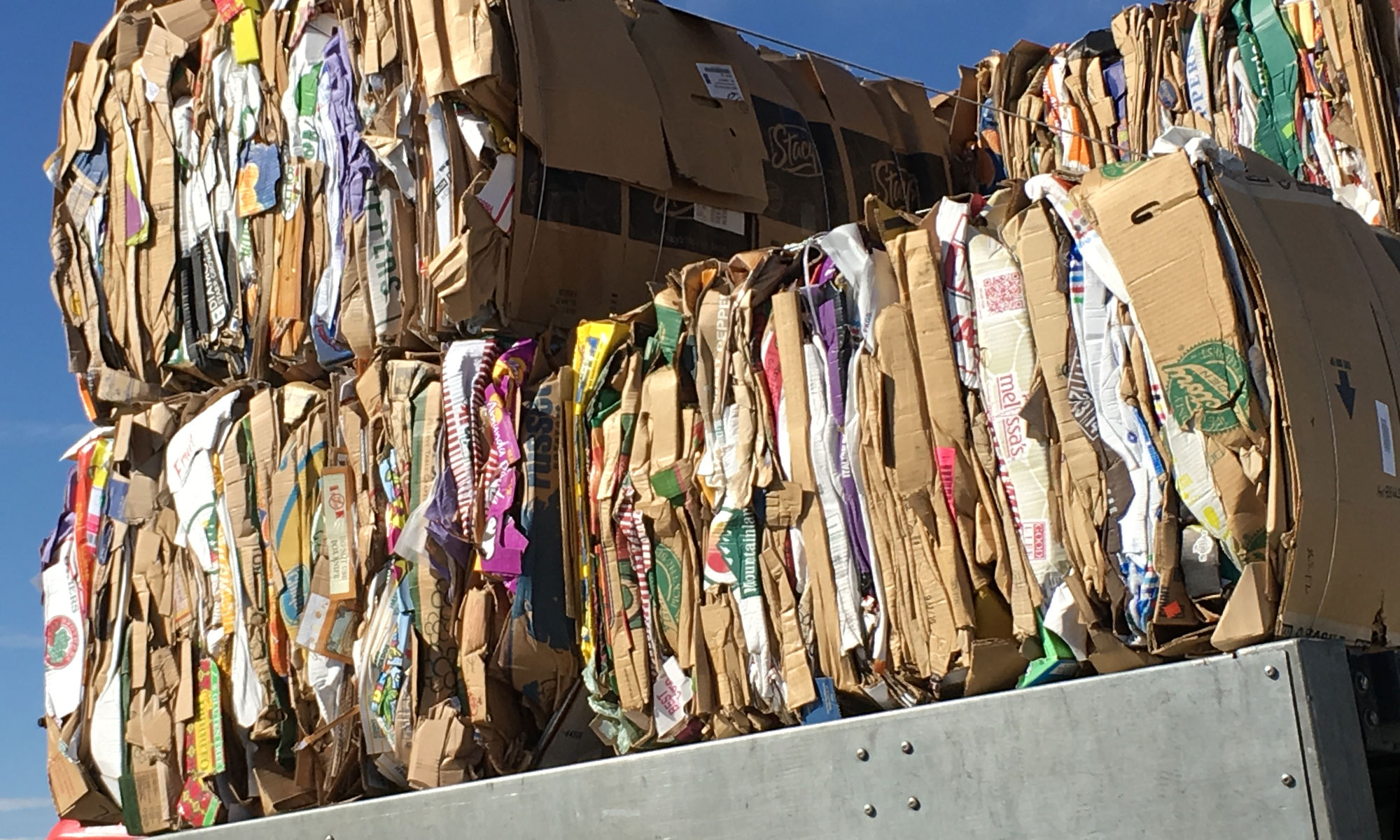
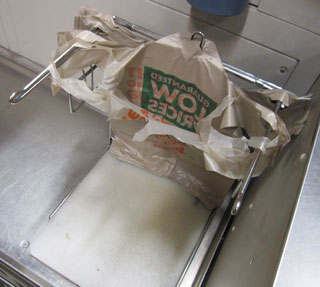 Most of the time when you go shopping in the USA, the person behind the counter automatically puts your purchased items in a plastic bag. That’s a bad default. Instead, they should provide a bag only if you ask. I’d go so far as to say they should charge you for that bag. Then many would begin bringing their own bags.
Most of the time when you go shopping in the USA, the person behind the counter automatically puts your purchased items in a plastic bag. That’s a bad default. Instead, they should provide a bag only if you ask. I’d go so far as to say they should charge you for that bag. Then many would begin bringing their own bags.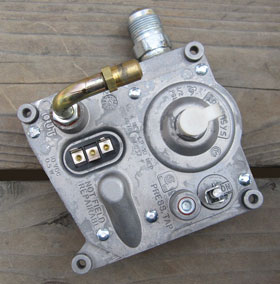 So, our oven quit. It came with our house. Heather loves it. We thought about getting a new one – because, as you know, repair can often cost as much as much – or more – than buying a new whatever.
So, our oven quit. It came with our house. Heather loves it. We thought about getting a new one – because, as you know, repair can often cost as much as much – or more – than buying a new whatever.
